| Mitsubishi Crystal Mover (C810) | |
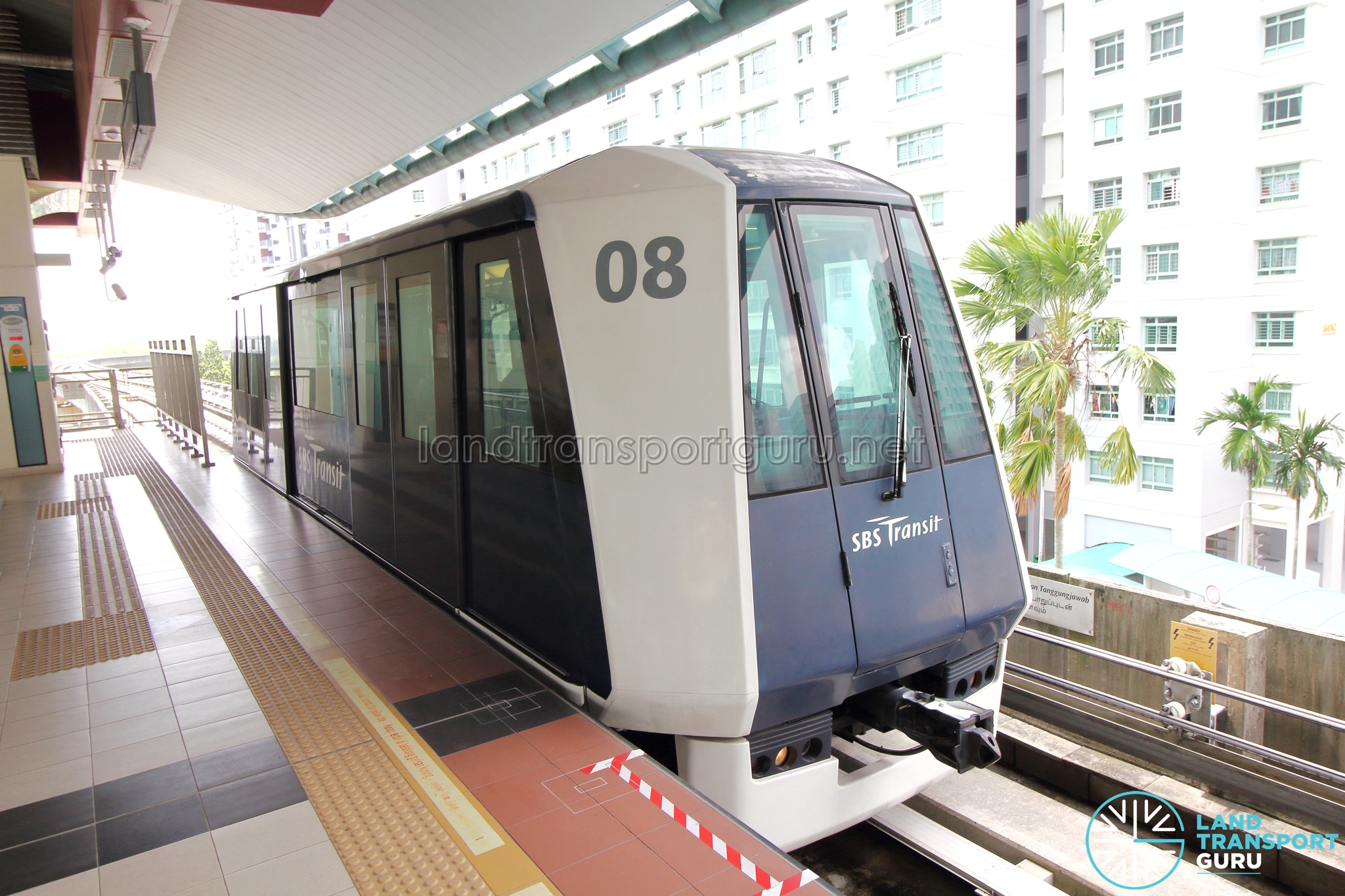 |
|
| In service | January 2003 – Present |
| Manufacturer | Mitsubishi Heavy Industries |
| Constructed | 2000 – 2003 |
| Number built | 41 Vehicles (41 trainsets) |
| Formation | 1 motor car per trainset |
| Fleet number | 01 – 41 |
| Operators | SBS Transit |
| Depot(s) | Sengkang |
| Line(s) served | Sengkang LRT Line Punggol LRT Line |
| Technical Data | |
| Car body | Aluminum-alloy |
| Doors | 4 per car |
| Electrification | 750 V DC third rail |
| Track gauge | Side-mounted guideway with rubber tyres |
The Mitsubishi Crystal Mover (C810) is a rubber-tyred automated people mover (APM) train operating on the Sengkang LRT (SKLRT) and Punggol LRT (PGLRT). Entering service in June 2003 on the Sengkang LRT’s East Loop, these were the Sengkang & Punggol LRT Line’s first generation of rolling stock.
41 vehicles were procured, and were manufactured from 2000 to 2003 by Mitsubishi Heavy Industries in Mihara, Japan.
16 vehicles were modified to be capable of operating in double car formations.
These trains are set to be decommissioned with the rollout of the third-generation C810D trains from July 2025.
Background
Awarded to Mitsubishi Heavy Industries, Contract 810 (C810) for the procurement of rolling stock called for 41 single-car trains ahead of the opening of the Sengkang and Punggol LRT systems. The driverless Light Rail Transit (LRT) extended the reach of the MRT network into the housing estates, running on its dedicated grade-separated guideway. Trains are rubber-tyred for minimized operating noise within built-up areas.
The trains were built as part of Mitsubishi’s Crystal Mover family of APM trains. They are guided by two side-mounted guide rails and draw power from a 750V DC third rail. These trains are also fully automated (ATO GoA 4) and do not require an attendant on board.
History
The first trains entered revenue service on 18 January 2003 with the opening of the Sengkang LRT (East Loop), and more were gradually put into service with the opening of the Sengkang West Loop, Punggol East Loop and Punggol West Loop.
Between 2013 and 2015, 16 C810 trains were modified to be capable of two-car operations. New signalling equipment were installed in signalling boxes at each end of the modified cars, resulting in the removal of four seats in total. Two-car operations began in January 2016 on the Sengkang LRT, and December 2016 for the Punggol LRT.
Current Design
The exterior of C810 trains are similar to the newer C810A trains, being dark blue with white at the sides, conveying a modern look that complements the new housing estates of Sengkang and Punggol. Apart from the fleet number, the only exterior difference is the headlights, which are horizontally arranged (as compared to vertically arranged in the C810A). Like the Bukit Panjang LRT trains, smart glass (variable opacity glass) was used for the side windows, but are not activated as tracks are not built in very close proximity to residential apartments.
All C810 trains have four wide-opening doors, two on each side. The interior features longitudinal seating in a purple and dark blue color scheme. At the ends of every car, an equipment housing offers a flat platform for additional seating. Trains were also fitted with two Travel Information Displays, which are LED text displays located near the ceiling.
Emergency Exits are located at both ends of every train, with a ramp that can be deployed in an emergency. Within the cabin, Intercom Units and Emergency Next Station Stop buttons enable passengers to speak with staff or stop the train at the next station in an emergency.
Train Formation
Trains can be formed of either one car, or two cars coupled together. Every car is identified by a two digit number on the exterior ranging from 01 to 41, i.e. Vehicle 01, Vehicle 02 and on to Vehicle 41.
Trains with underlined car numbers indicate that these cars are able to be operated in two-car formations.
- One-car formation only (25 vehicles): 01, 02, 03, 06, 08, 11, 13, 14, 16, 17, 19, 20, 21, 23, 24, 26, 29, 31, 32, 34, 37, 38, 39, 40 & 41
- Able to support two-car formation (16 vehicles): 04, 05, 07, 09, 10, 12, 15, 18, 22, 25, 27, 28, 30, 33, 35 & 36
Accidents & Incidents
In September 2016, SBS Transit disclosed that 11 C810 trains were found to have hairline cracks on the undercarriage of the trains, but assured that this did not compromise the trains’ ability to bear passenger weight. The 11 trains had their bogie frames replaced as a precautionary measure. LTA and SBS Transit worked with Mitsubishi Heavy Industries to redesign, strengthen and replace the bogie frame structures on all 57 trains (41 C810 trains and 16 newer C810A trains), with Mitsubishi bearing the replacement costs. Replacement work is expected to complete in 2020.
Decommissioning
All 41 C810 trains, comprising 25 one-car trains and 8 two-car trains, will be replaced by third-generation trains (Contract 810D). The new trains will be fully deployed by end-2028.
In February 2022, LTA announced that 17 new two-car trains will replace the 25 one-car C810 trains. Subsequently in May 2023, an additional order of 8 two-car trains was announced to replace the 8 two-car C810 trains.
In January 2025, LTA called a tender for the Disposal of Light Rail Vehicles (Contract 8137) which closed on 28 February 2025. The contract was awarded in August 2025 to Toyotron (Pte.) Limited.
As part of the announcement on the commencement of service for the trains in July 2025, LTA invited community partners to repurpose the decommissioned vehicles — either as full train cars or through the reuse of individual parts. Interested organisations may contact LTA at LTA_Train_Repurpose@lta.gov.sg for more information.
According to train spotters, Vehicle 01 is said to be the first train to be decommissioned on 27 September 2025. Vehicle 23 was subsequently observed to be lifted off the tracks at Sengkang Depot on 4 October 2025.
Gallery:
External Links & References
- Mitsubishi Heavy Industries Crystal Mover C810 – Wikipedia
- Mitsubishi Crystal Mover (C810) – SGTrains
- Hairline cracks found on 11 Sengkang-Punggol LRT trains – Straits Times
- First Two New Two-Car Sengkang-Punggol Light Rail Vehicles to Commence Passenger Service from 15 July 2025 – Land Transport Authority
Back to Trains
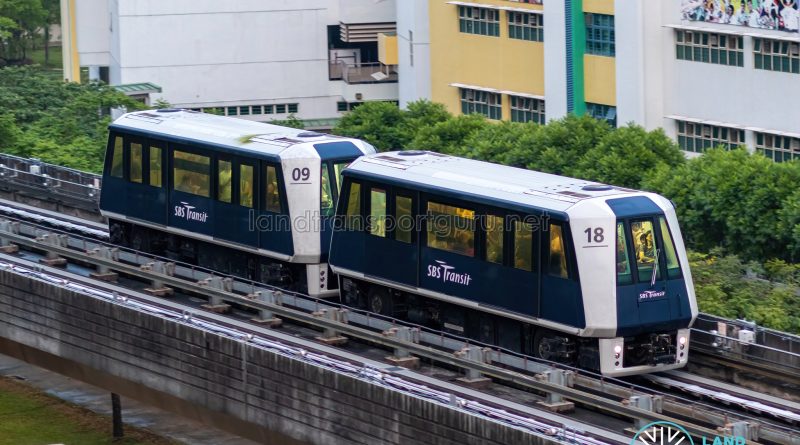
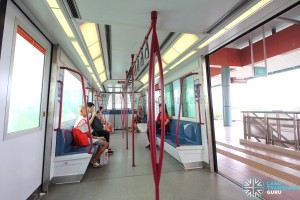
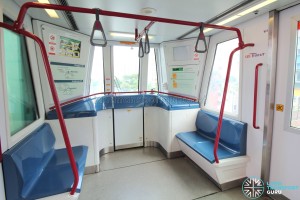
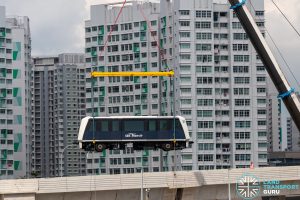
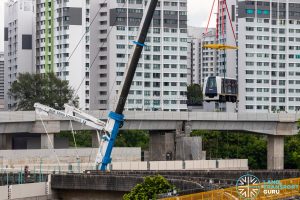
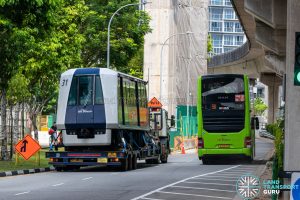
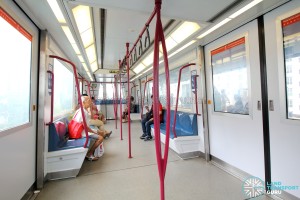
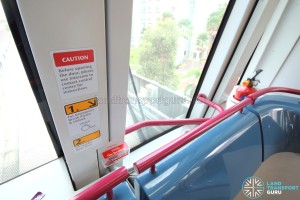
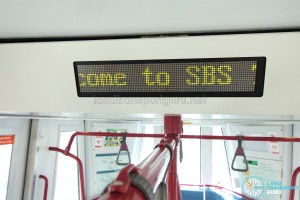
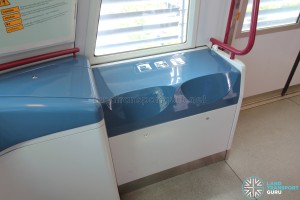
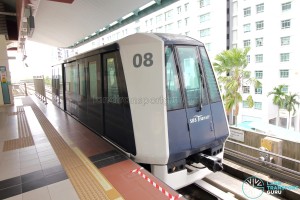
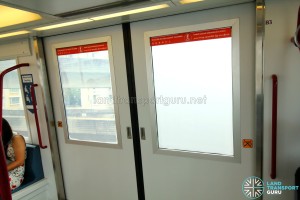
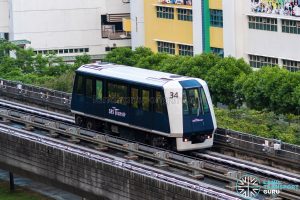
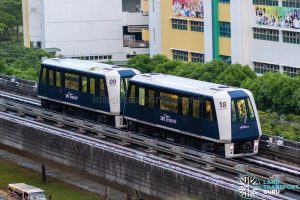
First C810 sent for scrap, V23
Actually, V01 was the first one the be sent for scrap on 27 September 2025 as spotted at Sengkang Depot.
Correction, V01 was suspected to already be scrapped before V23.
Both of these trains can be named C810B or D
For Sengkang and punggol lrt the 26 old train C810 the one car will be scrapped by 2023 to 2025 and replaced to 26 New train C810B for retired 26 train car C810 the one car except the 16 train car C810 the two car then in 2023 the 26 old train C810 the one car will be retired and scrapped in sengkang Lrt first by 2023 then for Punggol Lrt the some C810 the old train the one car will be retired and scrapped by 2024 then the C810B the 26 New train car will be delivered to sengkang depot by 2024 and replaced the retired C810 the 26 old train the one car then the C810B the 26 new train car will be enter into service in 2025 to 2027 for sengkang and punggol lrt then the C810B the 26 new train will have two car then the C810B the 26 new train will be enter into service sengkang lrt first by 2025 then for Punggol Lrt the some C810B the new train will be enter into service by 2026
C810 is still working in a good condition, so no need to scrap. But C810B is already likely planned as LTA announced to order 17 more trains from service in 2024.
It’s C810D